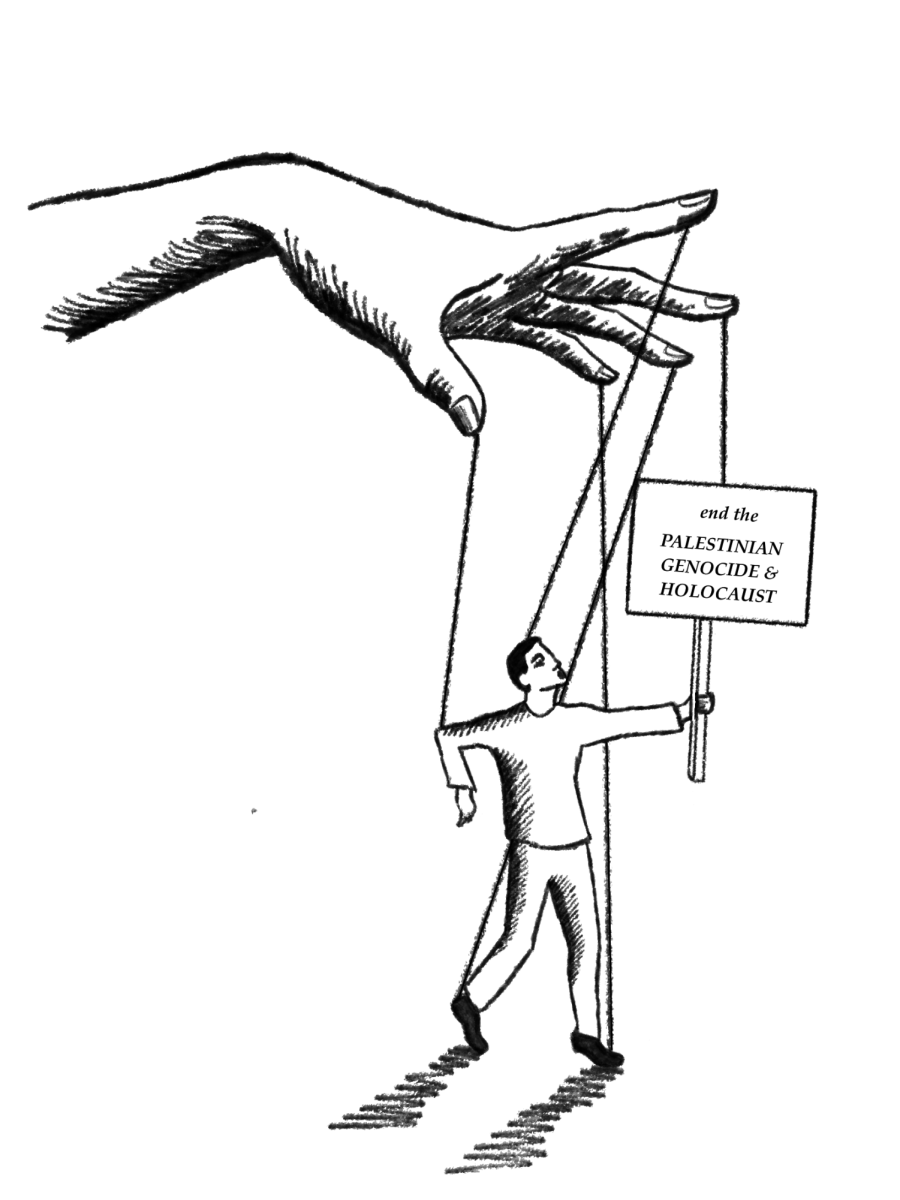Each year tens of thousands of students across the country prepare to apply to choice colleges and universities.
Unfortunately, the process has turned from a seemingly simple process to a stress-inducing race to get perfect scores, write eloquent essays and have a perfect assortment of extracurricular activities. One of the more short-term aspects of the application process is standardized testing; though the test itself only takes around four hours, testing takes up a significant amount of time for students on the front end.
Between taking APs, asking teachers for letters of recommendations and writing college essays, students have enough to stress about during their senior and junior years to also stress over standardized tests.
To reduce the number of standardized tests throughout sophomore, junior and senior year, students should consider test-optional schools, reducing overall stress and wasted time.
Test-optional schools allow students to apply to their school the traditional way, but instead of submitting test scores, they can write an additional supplement.
Other aspects of schools’ applications such as activities, grades and essays are factors that many work toward throughout their lives. Activities such as sports, musical instruments and other extracurriculars many spent years doing and perfecting. However, these standardized tests are something that are completed at one point in your life, and often don’t indicate a students worth and abilities.
Numerous factors affect standardized test performance, which is the reasoning many schools give for not requiring test scores.
For example, according to their website, Middlebury College “is aware that a range of factors can affect test scores, including socioeconomic background, test preparation, schooling and financial and educational resources.” As the school’s admissions department states, many different factors can affect students’ scores, which is why the SAT and ACT are not always accurate measures of students’ intelligence.
Though these tests originate from the idea that they are an equalizer as they can measure students’ natural intelligence, a new problem has recently arised, changing this philosophy. In more recent years, there has been a rise in private tutors and enrollment in classes for students to boost their scores. This causes a disparity between students without the resources to hire tutors to help improve their score and those with the money to do so.
Since Bowdoin College first implemented the option in 1968, more schools have become test-optional. Many high-achieving institutions have made the move to become test-optional on the grounds that standardized tests can not be indicative of students’ performance and ability.
The University of Chicago famously launched the Empower Initiative for first generation and low income students.
The initiative allowed qualifying students to apply test-optional with the hopes of increasing the number of minority groups on their campus.
Test-optional schools also help many different kinds of students in a wide range of situations. Test-optional schools help those who feel their test scores are not an accurate representation of their intelligence and students who feel their application would be better without their test scores.
Test optional schools are a great option for many students and should be seriously considered as a viable option.








